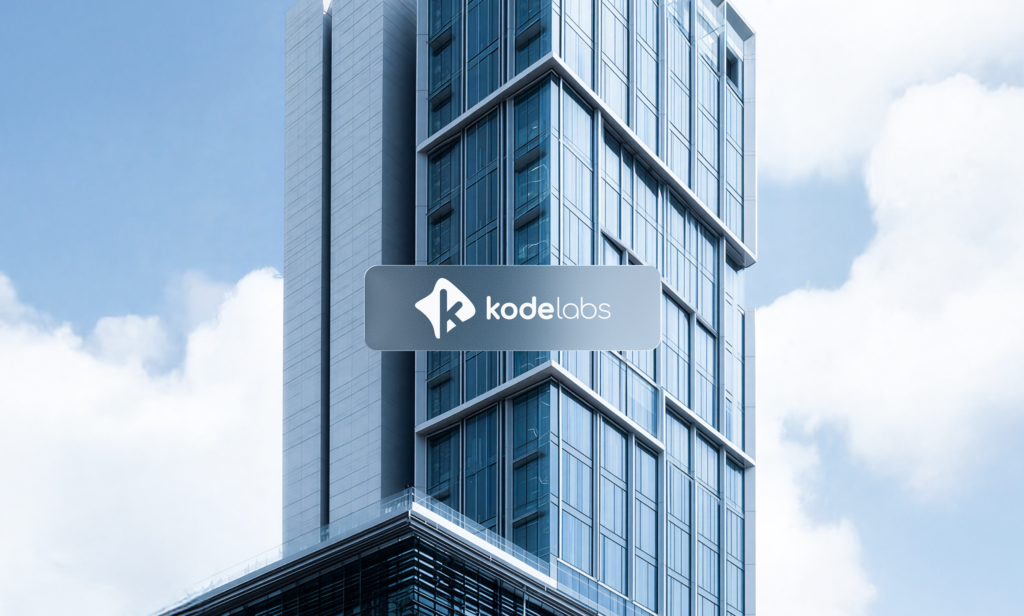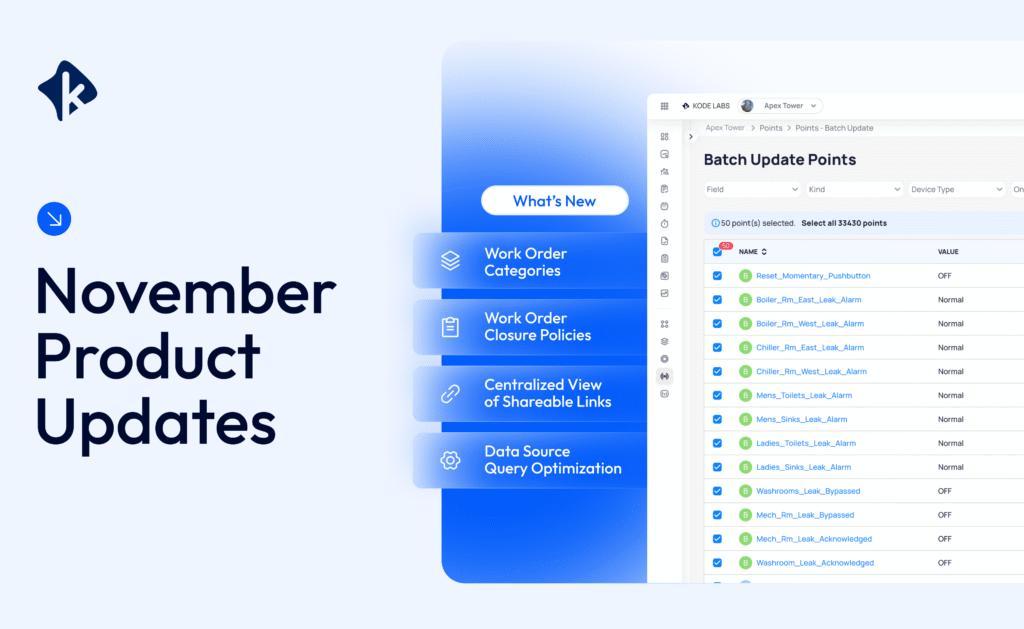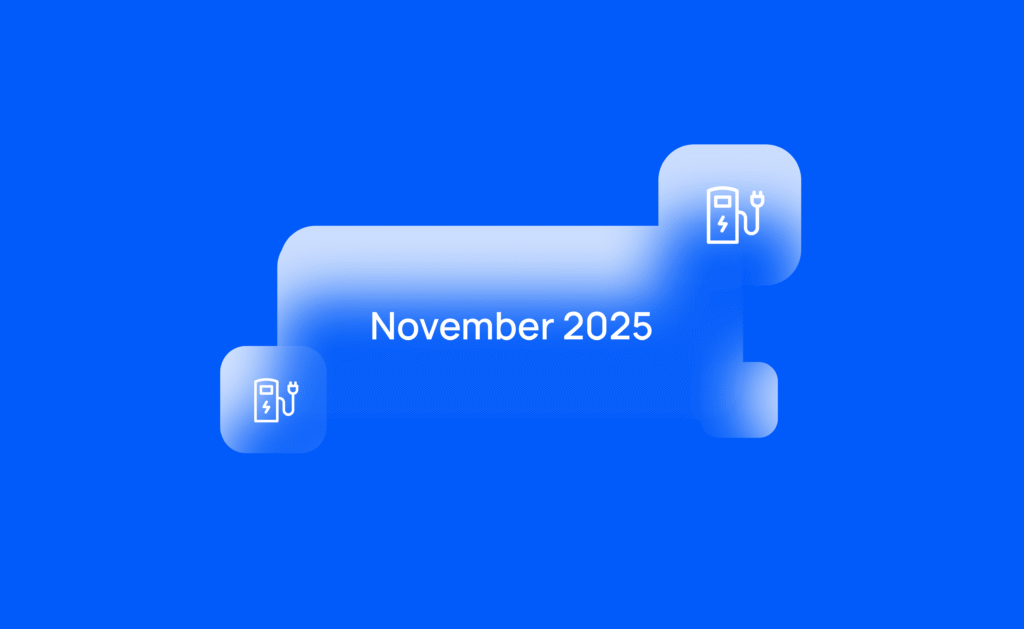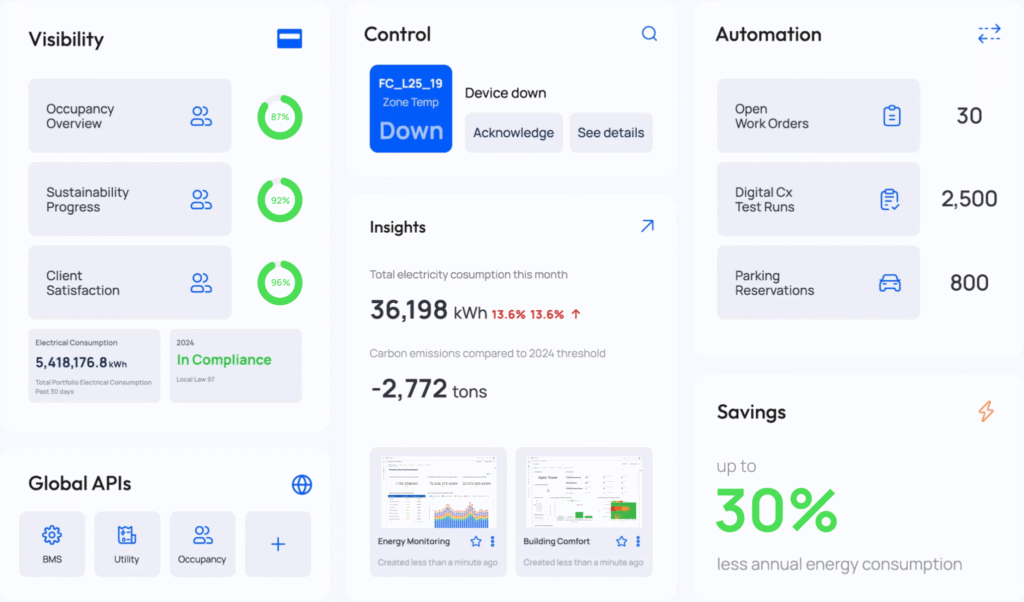By Olta Beka
On this page
Sign up to our newsletter
Subscribe to receive the latest blog posts to your inbox every week.
By subscribing you agree to with our Privacy Policy.
At KODE Labs, we see building lasting products as an ongoing conversation between our users, our technology, and our team. In this HR Journal, we sat down with Ard Stavileci, our Director of Product, to talk about what it means to build a product that can evolve.
From joining KODE as an iOS Developer Intern before finishing his studies to leading Product team today, he’s grown alongside the company, moving through engineering, project management, and product management while keeping one principle at the center: keep the user close, shorten time to value, and design systems that can adapt as technology, industry, and teams change.
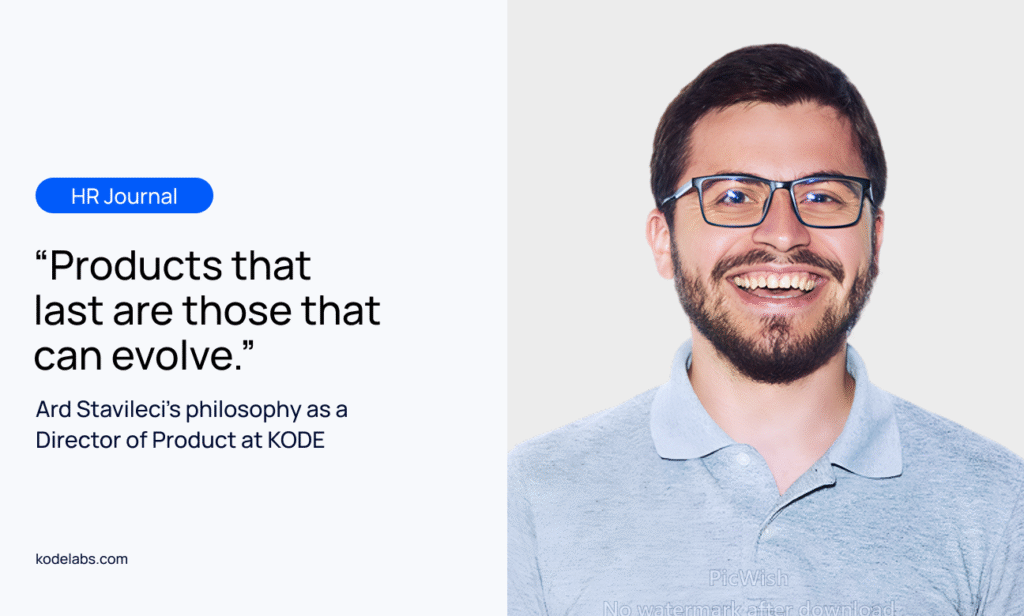
Here’s what he had to share with us:
You have been with KODE since our very beginning. How would you describe your journey so far? What have been some of the most special moments for you?
Opportunity. That is the word I would use to describe my experience at KODE: an opportunity to learn more, an opportunity to build great things, an opportunity to meet amazing people, and an opportunity to grow with the company. Before completing my studies, I started as an iOS Developer Intern, then transitioned to iOS Developer, followed by roles as Project Manager, Product Manager, and now Director of Product. My responsibility now is to ensure that the Product continues to fulfill our clients’ needs, the company’s business goals, and to explore new business opportunities.
The terrain kept changing, yet the momentum stayed high.
Some of the most memorable moments at KODE include:
- Our very first API integration: when we managed to control a simple office light switch by writing code that kept it on for 10 seconds before turning it off again. That tiny action symbolized the beginning of KODE’s ability to truly connect the physical and digital worlds.
- The first time a building engineer told us, “That took me a minute today, what used to take an hour.”
- Visiting Bedrock’s Mission Control and seeing our platform displayed across their big screens. Monitoring their entire portfolio in real time was another defining milestone. It was a moment of pride, seeing the tangible impact of what we had built working flawlessly at scale.
- And finally, moving from that first single-portfolio deployment to collaborating with industry leaders such as Empire State Realty Trust, Goldman Sachs, Hines, and Cadillac Fairview has been both humbling and inspiring. A reflection of how far our platform and team have come.
Can you share your personal philosophy on building lasting products? How has this philosophy developed or shifted since you first started in Product Management?
Build for change, not for a moment.
My philosophy is simple: products that last are those that can evolve. It’s about creating frameworks that invite growth, not quick fixes that age poorly. The focus is on designing scalable systems that can adapt to new technologies, users, and use cases without compromising coherence.
I’ve learned that true longevity doesn’t come from locking things down, but from building foundations that are flexible enough to be reimagined and where change is expected, not feared.
What metrics or data do you rely on most when assessing a product’s success?
Out of all the metrics we track, the one I value most is Time to Value (how quickly a user experiences a tangible benefit after entering the platform). Whether it’s finding key information, completing an action, or achieving an outcome, shortening this path reflects the actual impact of the product. If this moves in the right direction, other metrics tend to follow.
You’ve witnessed KODE OS’s growth firsthand. In your opinion, what have been the key factors in maintaining sharp focus on the user while the company and product have evolved?
We maintain a close relationship with our users. Every roadmap item begins as a concise problem story, featuring a named customer, the current workaround, and the desired behavior change.
Data plays a critical role in shaping KODE OS. How do you balance quantitative insights with qualitative feedback when making key product decisions?
I use three views. Analytics shows what is happening, interviews explain why, and user testing reveals how work really flows. When the three align, we move with confidence. When they diverge, we iterate and question everything until we get an alignment.
How do you ensure KODE OS products updates we build truly solve customer problems rather than just adding features?
We ask why until we fully understand the user’s underlying problems and question everything to reach the true root cause. This approach enables us to dive deeper into pain points and uncover what users may not even consciously articulate. We challenge every process and assumption, seeking opportunities to simplify, iterate, and continually improve. Being customer-first means focusing on delivering the best possible experience that directly addresses those real needs—fast.
Looking ahead, what excites you the most about the future of KODE OS?
Looking ahead, we are connecting every signal the KODE OS platform detects, enabling it to make smarter decisions about how a building operates. The vision is buildings that sense, decide, and act with us in the loop. The building explains why it made a change, what it learned, and what it plans to do next. That is what a real operating system for buildings looks like. That means fewer 3 a.m. alarms, fewer truck rolls, lower energy bills, and a smaller carbon footprint.
From your perspective, what makes KODE unique as a company, both culturally and in how we approach our work?
KODE is customer‑first and outcome‑driven. Teams align around one goal and deliver value faster with less variance. That clarity keeps functions aligned and makes partnerships straightforward.
How do you ensure your team of product managers effectively collaborates and aligns their ideas when building lasting products?
By empowering teams to solve problems rather than just build features. Each cross-functional team owns both discovery and delivery, and has the authority to decide on the solution. Alignment comes from shared objectives, regular product reviews that test the strength of the evidence, and coaching rather than control. This keeps collaboration high while protecting speed and accountability.
His journey shows what happens when building lasting products is treated as a long game: foundations stay flexible, time to value keeps getting shorter, and users feel the impact in their day-to-day work. Stay tuned for our next HR Journal.

